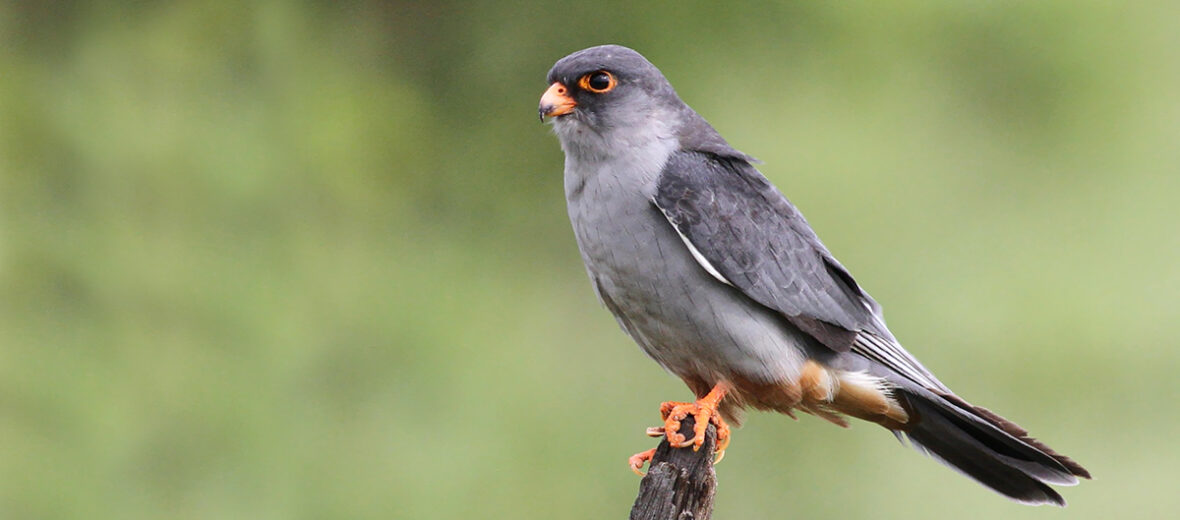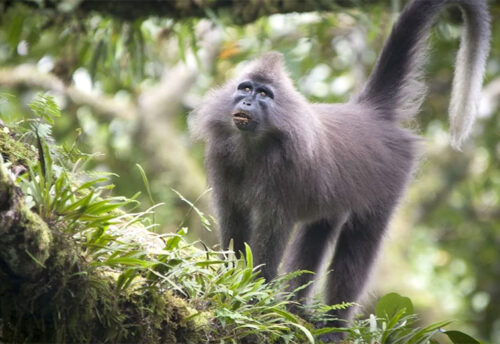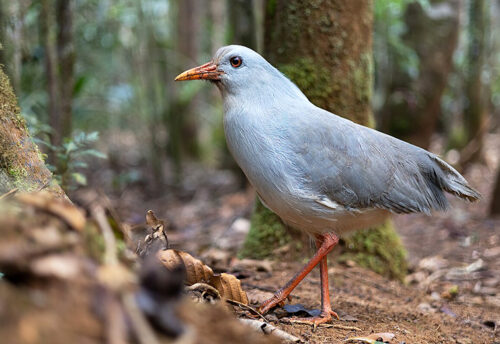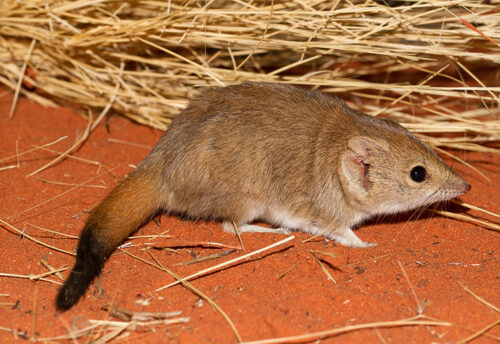
The amur falcon can be found in southern and eastern Asia and wintering in eastern Africa. They prefer open forests and grasslands while not breeding, and open wooded countrysides with marshlands during the breeding season. Even though they face the threats of habitat loss and destruction at the hands of the logging industry, ranching, and mining; ecosystem modifications; hunting; and trapping, these falcons are still abundant enough to be listed as Least Concern by the IUCN.
First the Stats…
Scientific name: Falco amurensis
Weight: Up to 6.6 ounces
Length: Up to 14.17 inches
Wingspan: Up to 27.95 inches
Lifespan: Up to 13 years
Now on to the Facts!
1.) Their global numbers are estimated at around 667,000.
2.) They are social birds that congregate into large bazaars.
3.) A group of falcons is called a bazaar or eyrie.
4.) These falcons are crepuscular (active at dawn and dusk).
5.) They capture most of their food on the wing (in mid flight).
But wait, there’s more on the amur falcon!
6.) Insects, small birds, rats, mice, reptiles, and amphibians make up their diet.
7.) While migrating over the Arabian Sea, they tend to target dragonflies to sustain them on their incredible migrational journey.
Did you know…?
These falcons can fly at speeds of up to 24.85 mph.
8.) Amur falcons are monogamous (mate for life).
9.) Females lay up to 4 eggs that hatch in up to 1 month.
10.) Both parents participate in incubation and rearing duties.
But wait, there’s still more on the amur falcon!
11.) Owls and other larger raptors prey on amur falcons.
12.) These birds migrate a staggering 13,000 miles every year!
Now a Short Amur Falcon Video!
Be sure to share & comment below! Also, check out the Critter Science YouTube channel. Videos added regularly!
Want to suggest a critter for me to write about? Let me know here.
Some source material acquired from: Wikipedia & IUCN
Photo credit: Derek Keats



